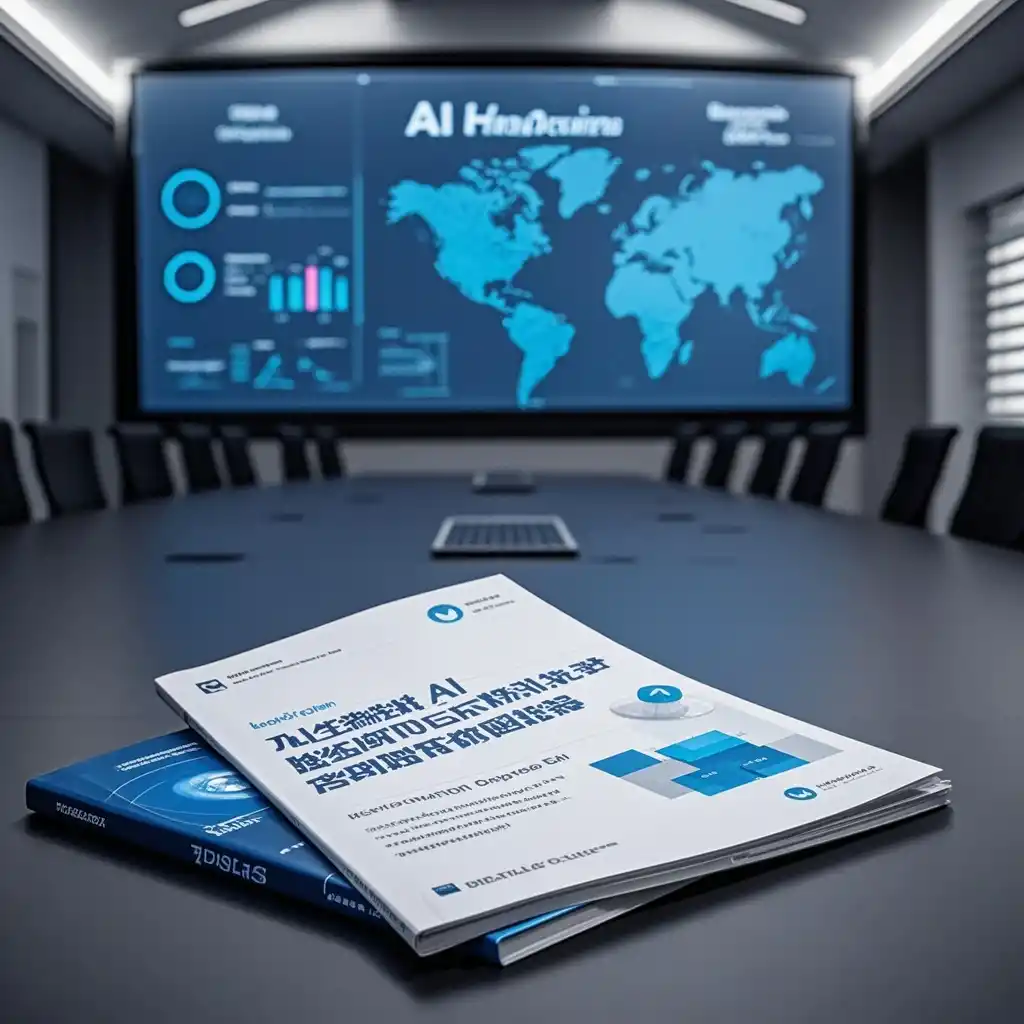

Background
In the realm of cross - border e - commerce, tariffs pose significant challenges. Tariffs can increase the cost of goods, making products less competitive in foreign markets. Moreover, the complex and ever - changing tariff regulations across different countries add to the operational complexity for cross - border e - commerce enterprises. With the advent of artificial intelligence (AI) and blockchain technology, there are new opportunities to mitigate these tariff impacts.
AI offers capabilities such as data analysis, prediction, and automation. It can analyze large volumes of data related to tariffs, trade regulations, and market trends. Blockchain, on the other hand, provides a decentralized and immutable ledger that can enhance transparency and traceability in supply chains. These two technologies together can revolutionize the way cross - border e - commerce enterprises operate in the face of tariff challenges.
Technology Application
AI in Tariff Analysis and Prediction
AI algorithms can be used to analyze historical tariff data. For example, an AI - powered system can study how tariffs on a particular product category have changed over the past decade in different countries. By analyzing factors such as political relations, economic indicators, and industry trends, AI can predict future tariff changes. A case in point is a large cross - border e - commerce company that deals with electronics. They used an AI - based analytics tool to predict potential tariff hikes in the United States market. The tool analyzed various data sources, including government announcements, economic reports, and trade volume data. Based on this analysis, the company was able to adjust its inventory and pricing strategies in advance, saving millions of dollars in potential losses due to increased tariffs.
Blockchain for Supply Chain Transparency
Blockchain technology can be applied to create a transparent and traceable supply chain. In cross - border e - commerce, products often pass through multiple stages and different countries. By using blockchain, every step of the supply chain, from the origin of raw materials to the final delivery of the product, can be recorded. For instance, a luxury goods e - commerce company implemented blockchain to track the origin of its products. Each product was assigned a unique digital identity on the blockchain. This enabled customers to verify the authenticity and origin of the products, which is crucial in the context of tariffs. Some countries may have different tariff rates based on the origin of the goods. With blockchain - based supply chain tracking, the e - commerce company could accurately prove the origin of their products and pay the correct tariffs, avoiding over - payment or potential disputes with customs.
Strategies
Integrated Data Management
Cross - border e - commerce enterprises should integrate AI and blockchain systems to manage data effectively. AI - generated insights about tariff trends should be used to update the blockchain - based supply chain data. For example, if AI predicts a change in tariff for a particular product sourced from a certain region, the relevant supply chain information on the blockchain, such as the origin and transit details, should be updated to ensure compliance and cost - effectiveness.
Collaboration with Technology Providers
Enterprises may not have in - house expertise to fully develop and implement AI and blockchain solutions. Therefore, they should collaborate with technology providers. A mid - sized cross - border e - commerce firm specializing in fashion products partnered with a technology startup that specialized in AI and blockchain. The startup provided a customized solution that integrated AI - based tariff prediction with blockchain - enabled supply chain management. As a result, the e - commerce firm was able to optimize its operations, reduce tariff - related risks, and improve customer satisfaction.
Employee Training and Awareness
Employees need to be trained to understand and utilize the AI and blockchain technologies. They should be aware of how these technologies can help in mitigating tariff impacts. For example, the logistics team should understand how blockchain - based tracking can ensure smooth customs clearance, and the marketing team should be aware of how AI - predicted tariff changes can affect pricing and product positioning.
Summary
In conclusion, for cross - border e - commerce enterprises, the combination of AI and blockchain technologies offers promising solutions to mitigate tariff impacts. By leveraging AI's data analysis and prediction capabilities and blockchain's transparency and traceability features, enterprises can better navigate the complex world of tariffs. Through strategies such as integrated data management, collaboration with technology providers, and employee training, they can optimize their operations and enhance their competitiveness in the global market. As technology continues to evolve, it is essential for cross - border e - commerce enterprises to stay updated and continuously explore new ways to use these technologies to their advantage in dealing with tariff - related challenges.